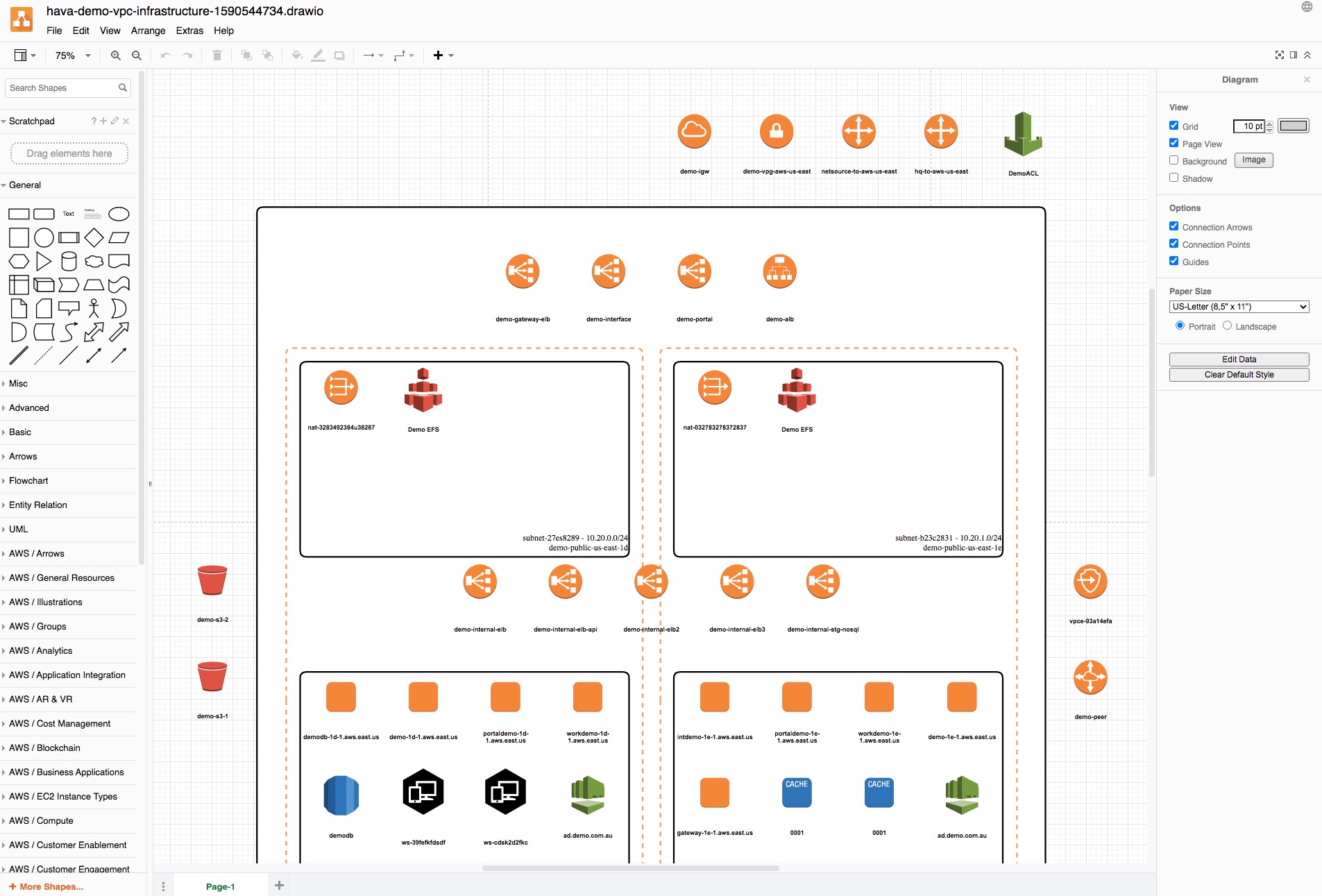

If you have defined and activated a virtual environment it will be shown instead:

If you have not installed any virtual environments, the default environment is base: Open a Terminal window, and confirm that Anaconda is installed by typing at the prompt:īy default, the active environment-the one you are currently using-is shown in parentheses () or brackets at the beginning of your command prompt. Then you can proceed to install Eclipse and setup PyDev using the virtual environment created in this post.

This tutorial will take you through the steps of creating a virtual python environment in conda.

In essence this means that you build a system command for creating a role is is working as a stand-alone solution not affecting the core (or ‘base’) system. To avoid having your complete system corrupted, it is recommended that you build the Python system and packages using a “virtual” environment. Sequentially installing (high level) packages can easily lead to a corrupt system due to conflicting requirements regarding shared packages. When installing many packages there is a large risk of forcing conflicting requirements regarding the versions of shared (i.e. Many high level packages depend on other, more basic, packages. You have to install these packages and then link them to the Framework Spatial Data IDE (SPIDE). Karttur’s GeoImagine Framework requires a large set of Python packages to work. PrerequisitesĬonda must be installed as described in this post. You can also share an environment by exporting and then importing it. If you use Eclipse as your Integrated Development Environment (IDE) you can easily reset your Python source to a virtual version created in conda. With conda, you can create, update, export and import virtual Python environments that have different versions of Python and/or packages installed in them.


 0 kommentar(er)
0 kommentar(er)
